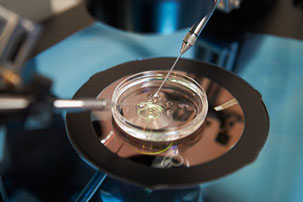
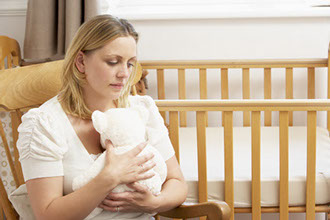
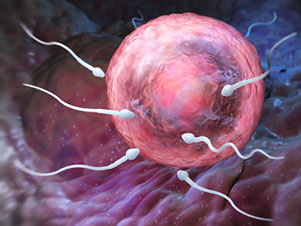


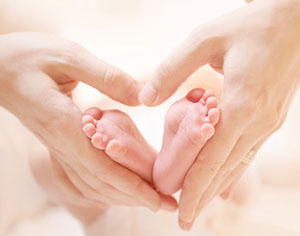
Experiencing Infertility?
Recovering from Pregnancy Loss ?
Preparing to conceive
Healthy Pregnancy
Ready for Labour
and Delivery?

DELIVERING YOUR BABY.
When you are ready to delivery your baby, your medical team will continue to monitor you both. Monitoring may be more frequent now than during your 1st stage of labour. You can continue to be pro-active by changing your body’s position, altering your breathing technique, continuing to visualise and remaining emotionally calm and physically relaxed. Therefore assisting baby’s final descent and also slowing the actual expulsion of the baby so your medical team have sufficient time to check all is well with you both.
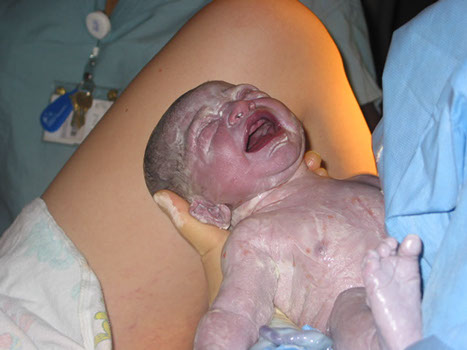
Interventions such as the use of forceps or undergoing an episiotomy are required some times, once again these procedures will be discussed during my program.
Occasionally a caesarean section may be unexpectedly required. I include this possibility in my program so we can prepare your mind for this change in your birthing plan should it occur. By altering your focus confidently from a vaginal delivery to a C-section encourages your body to be positively responsive to the medical intervention and to function at optimal level. After the C-section you can continue to assist your body to recuperate steadily and fully, with very little discomfort.
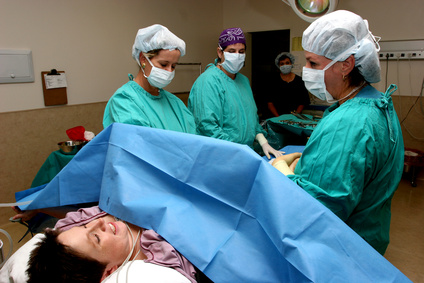
After the birth of your baby, the cord will be cut and the placenta and membranes need to be expelled. The doctor, midwife or nurse may recommend they externally massage your fundus (the top of your uterus) to stimulate the expulsion and to prevent excessive bleeding. An injection of oxytocin may also be administered for the same purpose.
If an episiotomy was required, stitches may be necessary.
Your baby’s nose and mouth will be suctioned, he/she will be weighed and measured. The staff will also observe his or her breathing, heart rate, colouring and responses. Mothers can begin to breast feed if they wish and this can also assist with expelling the placenta and membranes (if this has not already occurred) and constricts the uterine blood vessels reducing blood loss.



